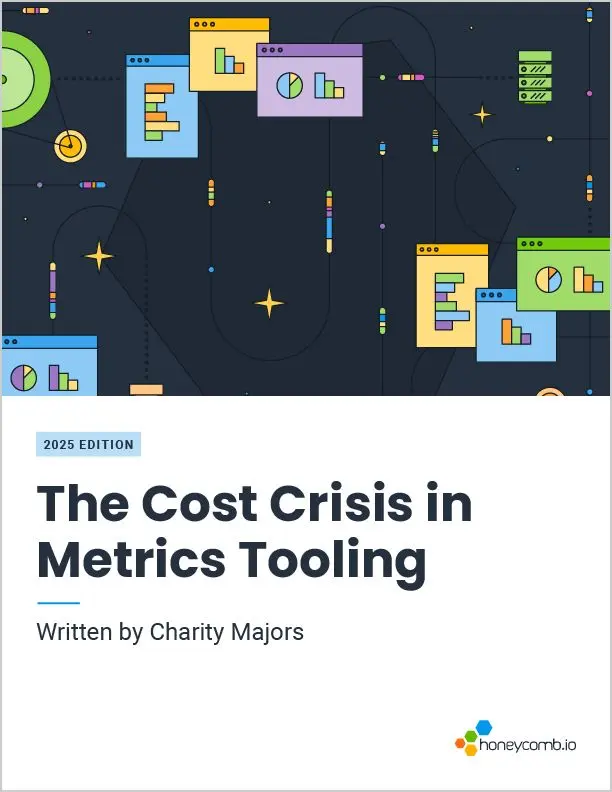Is Your Observability Strategy Boardroom-Ready?

By: Colin Burke


The Cost Crisis in Metrics Tooling
Learn MoreAt LDX3 in London last week, two roundtables I hosted with engineering leaders confirmed what many of us are starting to feel: observability isn’t just important—it’s becoming essential to how modern teams navigate the pressure to move fast and stay resilient. The tension is everywhere: AI code generation is creating boardroom-level expectations of fast delivery, product teams are pushing to ship quickly—and yet, the demand for resilience, especially in regulated industries, remains as high as ever.
What emerged from these sessions was a shared recognition that the old tradeoff between speed and stability no longer holds. The future belongs to teams that can optimize for both.
Here are a few key lessons from the roundtables.
1. Why observability fails without a common language
Across the board, leaders from fintech startups to global retailers spoke about the challenge of aligning cross-functional teams around what ‘resilience’ actually means. Developers, product managers, and execs often use different metrics, leading to misaligned priorities. The takeaway? Observability is most powerful when it becomes a shared cultural practice, not just a toolset.
New to Honeycomb? Get your free account today.
Get access to distributed tracing, BubbleUp, triggers, and more.
Up to 20 million events per month included.
2. From technical metrics to business signals
Many engineering leaders highlighted a common gap: their teams track infrastructure metrics obsessively, but struggle to connect them to meaningful business outcomes. Whether it’s measuring customer harm at a bank or revenue impact at a B2B SaaS company, the ability to correlate technical events to business KPIs is emerging as a strategic differentiator, and while this feels like common sense, it is not common practice.
3. Guardrails for the AI era
As AI-generated code enters production more frequently, several companies shared stories about non-engineers deploying code and the chaos that sometimes follows. The consensus was clear: we need smarter guardrails, not heavier gates. That means enabling speed while building in visibility and control from the outset.
4. Technical debt as a business conversation
Technical debt is not just an engineering problem, it is a business risk. Multiple attendees described new ways to frame debt in terms of expected value and opportunity cost. If your architecture cannot support the pace your business wants to move, that’s not just a dev team issue, it’s a growth blocker.
5. ‘What good looks like’ is still being defined
Finally, we spoke about the signals that define a truly resilient system. Is it uptime? Customer satisfaction? Developer confidence? The answer, of course, is all of the above. But what is clear is that the teams succeeding today are those investing in observability not just to fix incidents, but to inform decisions, accelerate learning and drive smarter bets.
We’ve been here before. Sort of.
We’ve been through so many cycles in tech, from the early days of the web, through data center virtualization, containers, twelve-factor apps. We’re at the next point in that journey—but this one has more boardroom attention than ever before.
The expectations are high. But the practices that will serve us today were shaped in the cycles before. We just need to stay true to them.
The conversations at LDX3 made one thing very clear to me: observability is no longer just an engineering topic—it’s a leadership narrative. The teams that thrive won’t be the fastest or the most stable, but the ones who can confidently do both and prove it.
Want to continue the conversation? I would love to hear how your teams are navigating this tradeoff between speed and resilience—and where observability fits in.
Let’s keep building.
Want to know more?
Talk to our team to arrange a custom demo or for help finding the right plan.